
Identifying Eastern Bluebirds:
Eastern Bluebirds are small, beautifully colored thrushes. Averaging between 6-8 inches in length with a wingspan ranging from 9-12 inches (slightly larger than sparrows but smaller than robins), these blue beauties are fairly easy to identify. They can often be seen perched in a somewhat "hunched" position on wires or fences in fields and open woodlands. The adult male bluebird has a vibrant blue back, head, and tail that are hard to miss, especially during breeding season. A rust colored accent across the throat and breast above the white belly clearly distinguish the Eastern Bluebird from its Mountain Bluebird relative. Female markings mimic those of the male but in more subdued hues - their "blue" can often look more like a shade of grey.
Attracting Eastern Bluebirds:
During much of the year, bluebirds feed mainly on insects like caterpillars, crickets, beetles, spiders, grasshoppers, and worms. They will visit feeders more infrequently when the weather is mild and these food sources are abundant. Their winter diet is heavily dependent on many kinds of wild berries. Making sure to include fruit-bearing shrubs and trees in your landscaping can help to attract these birds. These plants include but are not limited to sumac, blueberries, black cherry, tupelo, currants, wild holly, dogwood berries, hackberries, pokeweed, and juniper berries. Bluebirds can also be attracted to feeders with meal worms or suet.
Erecting a traditional bluebird house can also help to entice bluebirds to your property.
Nesting:
Bluebirds are cavity nesters and they must compete for these spots with other small birds such as chickadees, tufted titmice, and nuthatches. They also have to compete with invasive species such as house sparrows and European starlings. The supply of natural nesting cavities for all these birds has diminished over the years because of habitat loss, the removal of dead trees and limbs, and a shift from the use of wooden fence posts to metal posts. Fortunately, bluebirds readily nest in artificial nest boxes and widespread efforts to provide these boxes have helped reverse dramatic population declines.
While the male Eastern Bluebird makes a big show of carrying material in and out of the nest box and perching on top fluttering his wings, he only does this to attract a female to his nest site. Once he has successfully caught her eye, the female does all of the nest building. Nests can be identified by loosely weaved grasses and pine needles lined with fine grasses and occasionally animal hair. A typical clutch size can be anywhere from 2-7 pale blue eggs. Eggs typically hatch in two weeks, and young birds fledge from the nest in another three weeks. Depending on your location, the birds may reuse the same nest for additional broods. If you're a bird enthusiast and want to watch the nesting process, we recommend getting a special viewing house with an acrylic window to prevent eggs or young Bluebirds from accidentally falling out of the house.
Leave a comment to share with us your Bluebird stories!

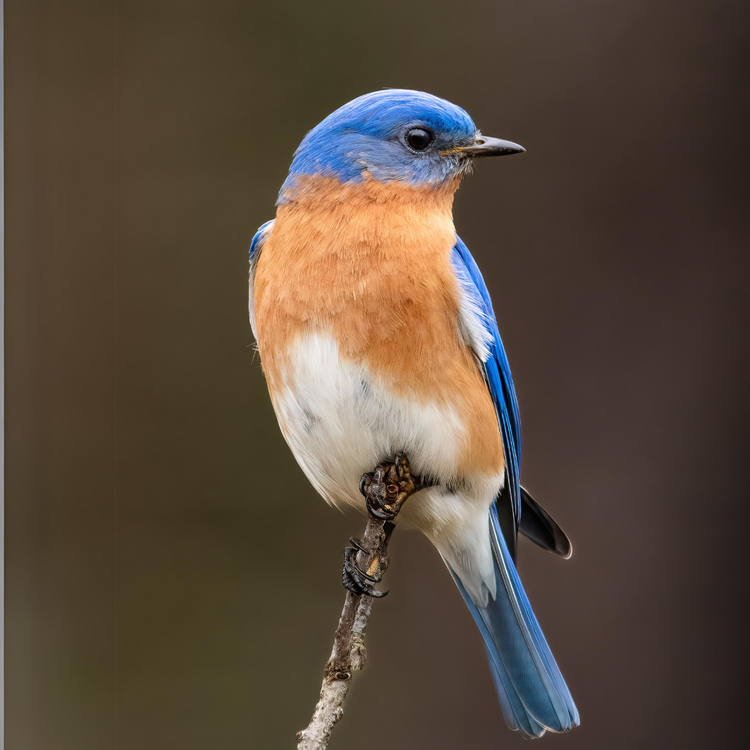







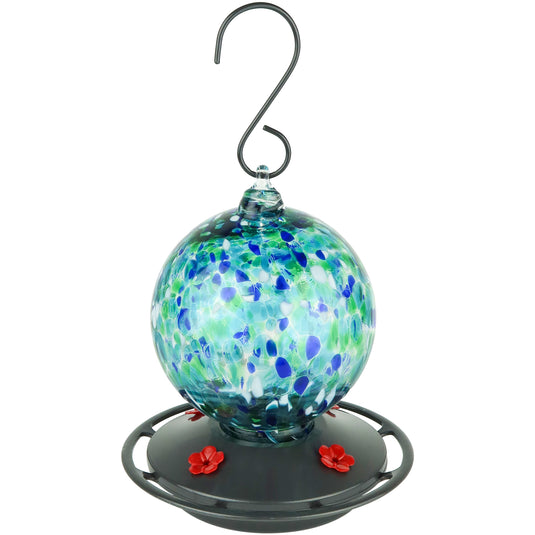






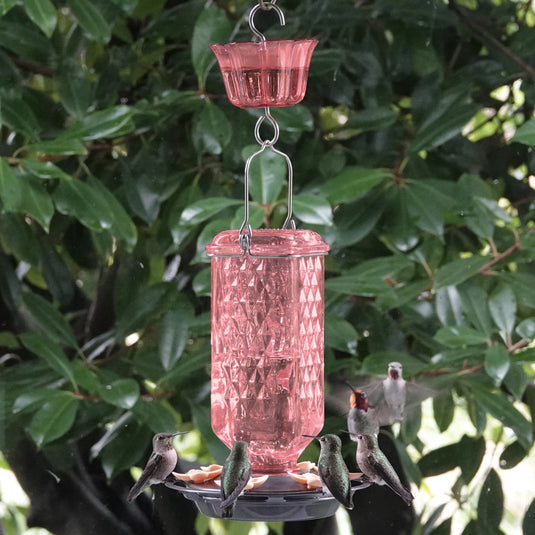
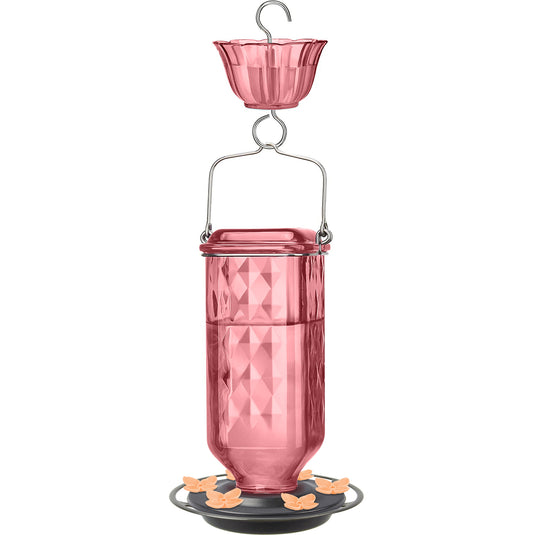


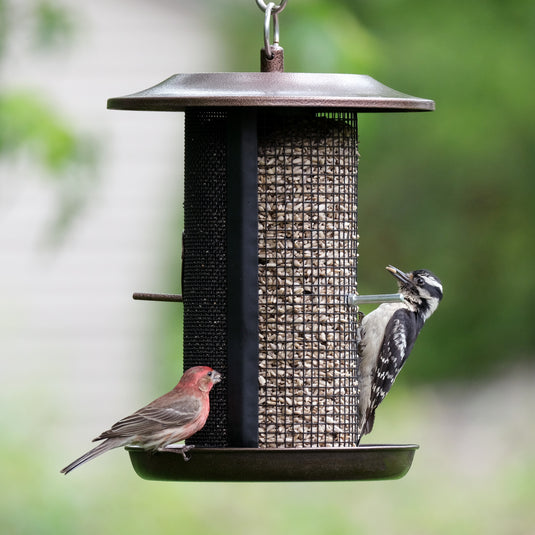



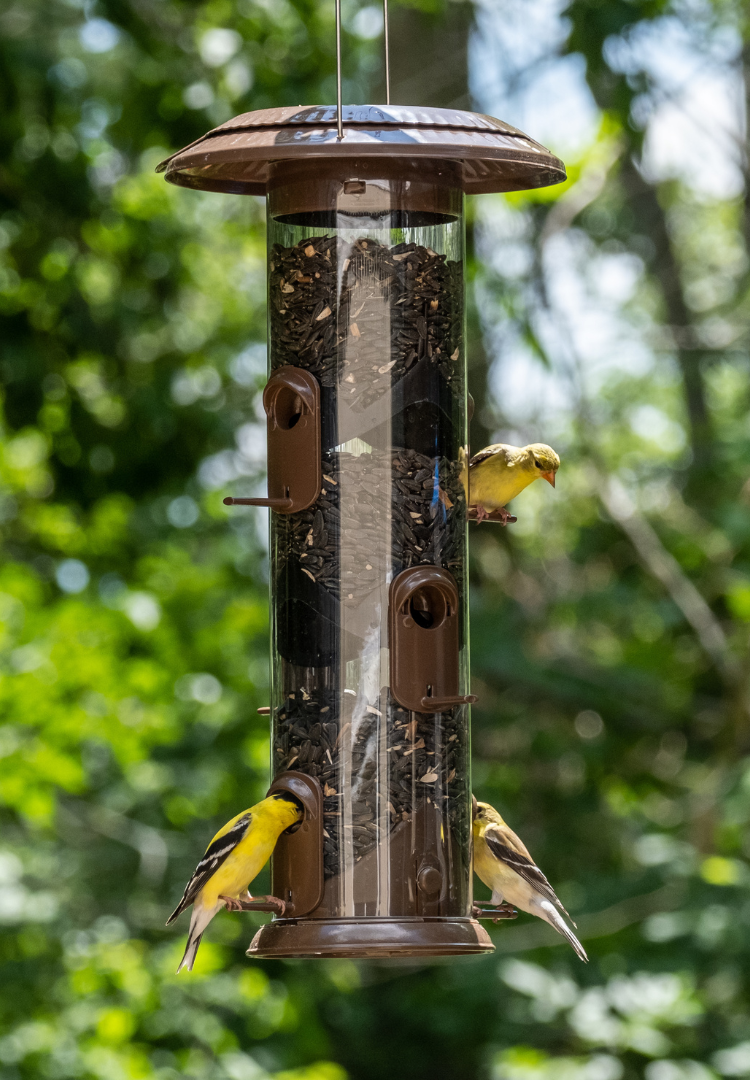
Euless TX Eastern Bluebird came to visit on a big old pine tree, feeding worms out of the bark of the tree limb, then flow away, nice to see, took a picture 📸
So excited to have one of these bluebirds visit our deck this week! All the birds are my entertainment during these trying days!